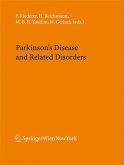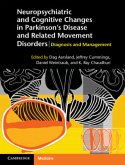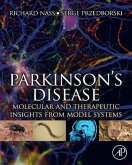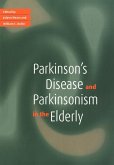Improved diagnostic sophistication is increasingly enabling neurologists to differentiate between Parkinson's disease and other atypical parkinsonism (AP), such as multiple system atrophy, progressive supranuclear palsy, corticobasal degeneration, and dementia with Lewy bodies. The Handbook of Atypical Parkinsonism is a comprehensive survey of all diseases of this category, providing an authoritative guide to the recognition, diagnosis and management of these disorders. Each chapter follows a common structure, commencing with the full basic science of the disorder under consideration, followed by descriptions of the clinical picture and differential diagnosis. Subsequent chapters discuss current and future therapeutic approaches to these difficult conditions. Written and edited by leading practitioners in the field, clinicians in neurology and other specialties will find this book essential to the understanding and diagnosis of this complex group of disorders. Neurologists are increasingly faced with atypical parkinsonian disorders, which mimic Parkinson's disease but can be difficult to diagnose. This authoritative guide covers basic science, differential diagnosis, treatment and future research directions. Clinicians in neurology will find this book essential for understanding and diagnosing this complex group of disorders.
'... well presented ... with clear text and very clear and useful tables and illustrations ... a useful addition to the field and ... particularly appealing because it is clinically orientated but of sufficient detail to provide interest and new information to specialists in the field. Its size makes it very transportable and its structure makes it very readable and accessible.' Advances in Clinical Neuroscience and Rehabilitation








